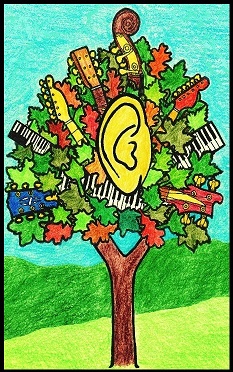 Microtonality is probably the most significant single difference between guitar and keyboards. If you plug keyboard sheet music into a MIDI sequencer, then you get something very close to the music as it is supposed to sound. Most recorded keyboard parts can be fully expressed in staff notation. In MIDI, if you go a step further, and compensate for small differences in timing and duration, then you can get a very close facsimile of the part as the musician played it. If you record in MIDI, then you get an exact re-creation of the part you played, if you don’t quantitize to a beat.
Microtonality is probably the most significant single difference between guitar and keyboards. If you plug keyboard sheet music into a MIDI sequencer, then you get something very close to the music as it is supposed to sound. Most recorded keyboard parts can be fully expressed in staff notation. In MIDI, if you go a step further, and compensate for small differences in timing and duration, then you can get a very close facsimile of the part as the musician played it. If you record in MIDI, then you get an exact re-creation of the part you played, if you don’t quantitize to a beat.
On the other hand, if you plug an Eric Clapton or Carlos Santana solo, as transcribed, into a MIDI sequencer, then you get something close enough that you can recognize the melodies. But none of the articulations, string-bends, or slides will sound right. (There are guitar emulation programs that let you record realistic-sounding guitar parts, but that’s something else completely.) Staff notation works better for documenting keyboard parts because they don’t have to deal with microtonality. Guitar is deeply rooted in microtonality. Just watch any guitar player trying to get in tune.
Some keyboard synthesizers have pitch wheels and pitch bars, which allow you to get guitar-like bend effects. Keyboard bends usually sound a lot different from guitar bends, even though they’re basically the same thing. Pitch-bending on keyboards is a technique that takes a lot of practice, just like bending guitar strings.
It’s a good idea to learn how to transpose keys, and how to change the tuning on your keyboard, if your keyboard has those functions. High-end Yamaha keyboards have all of those functions, but they aren’t labeled. You have to read the manual to find out how to transpose, fine tune, set touch sensitivity, etc.
One of the problems with trying to learn to play guitar solos from a tablature book, or from staff notation, is that neither one can describe the microtonal aspects specifically enough. I’ll discuss that in a later post.
© 2019, 2020 Greg Varhaug